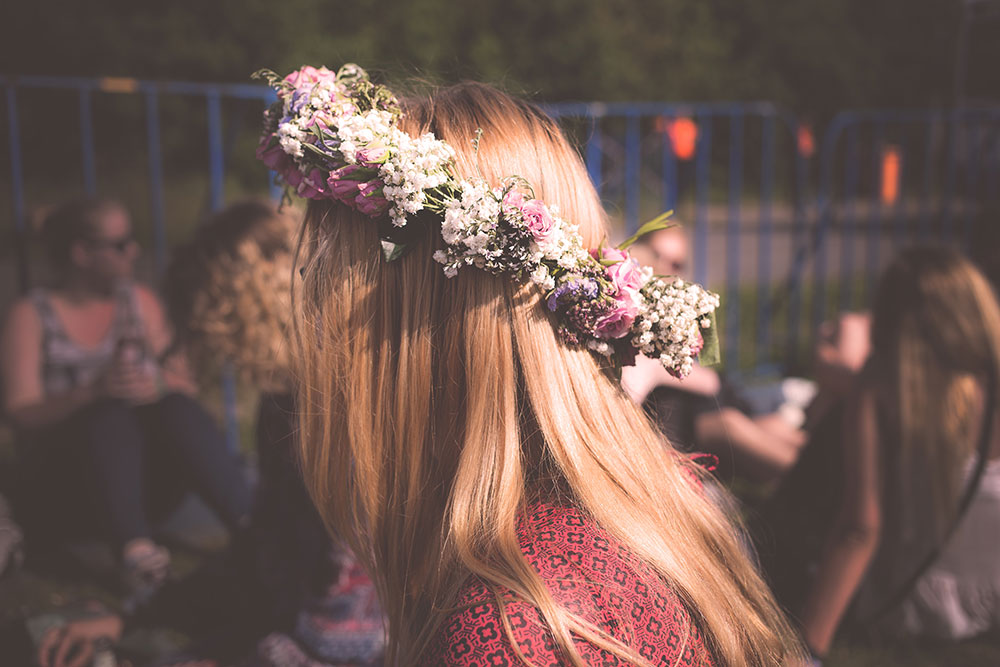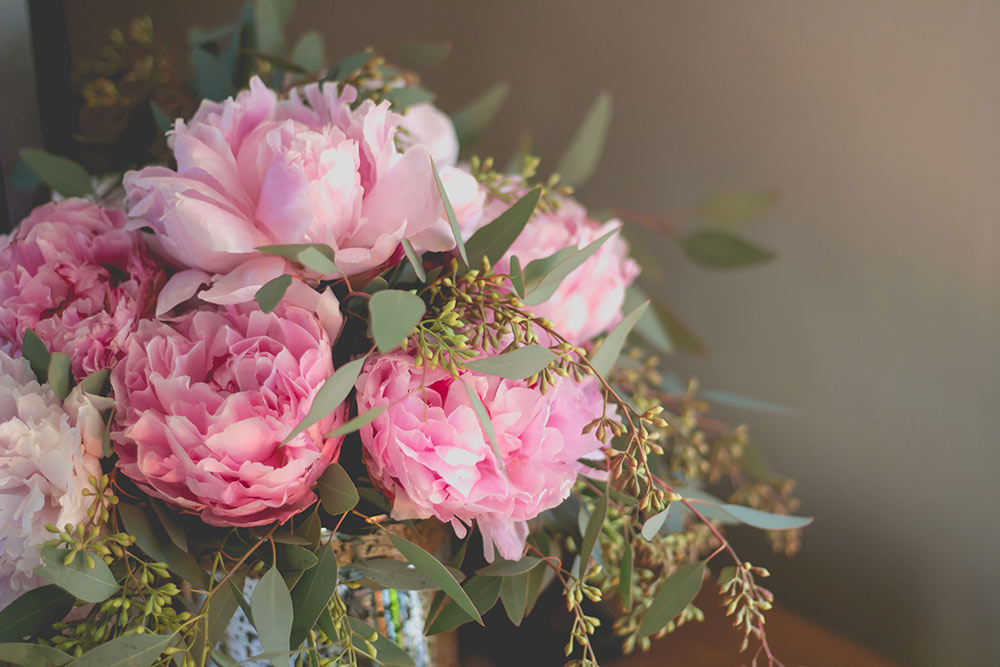features
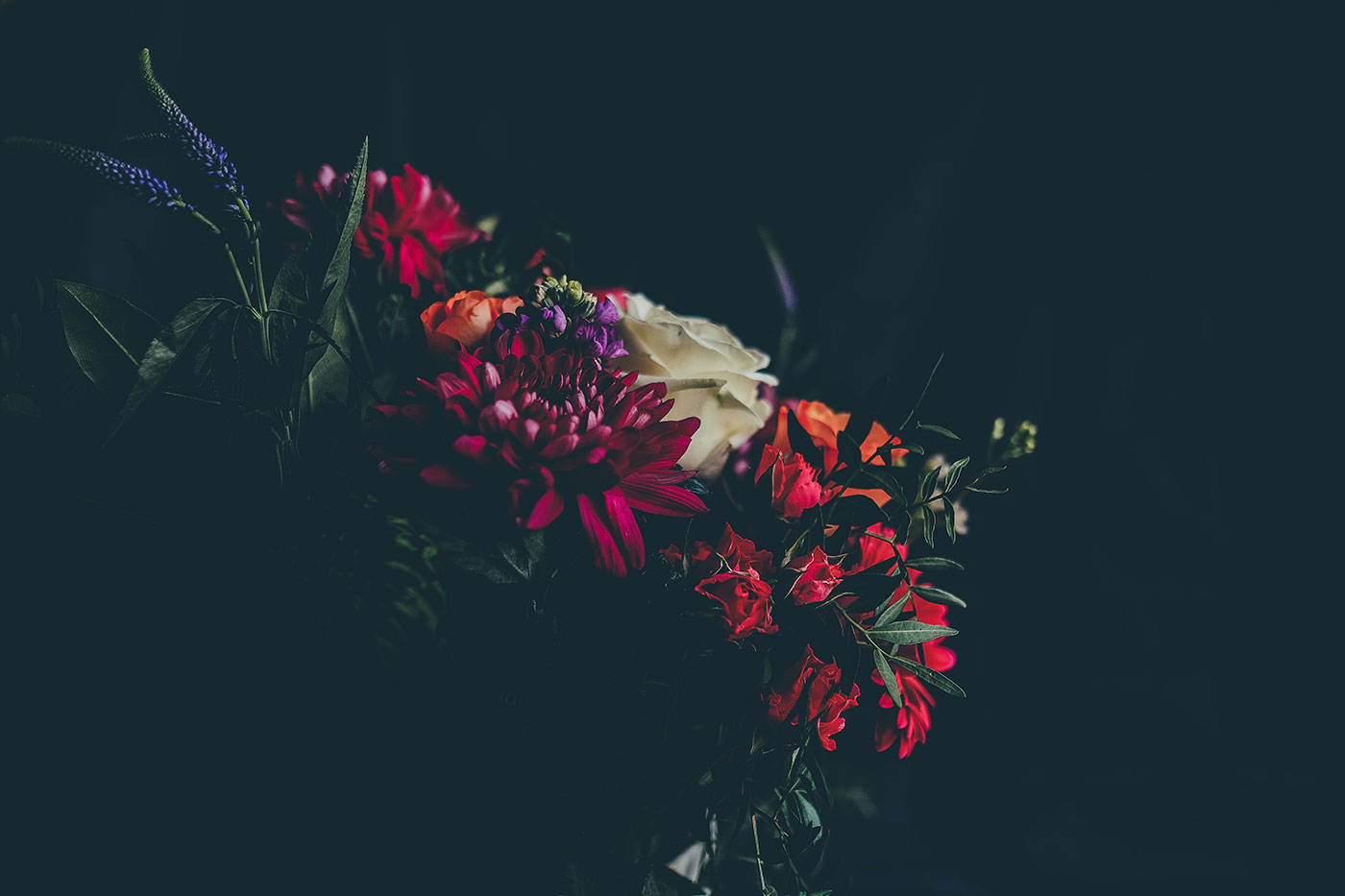
the language of flowers
The language of flowers, sometimes called floriography, is a means of cryptological communication through the use or arrangement of flowers. Meaning has been attributed to flowers for thousands of years, and floriography has been practiced in traditional cultures throughout Europe, Asia, and the Middle East. Plants and flowers are used as symbols in the Hebrew Bible, particularly of love and lovers in the Song of Songs, as an emblem for the Israelite people and for the coming Messiah.
In Western Culture definitions derive from the appearance or behavior of the plant itself. For example, the mimosa represents chastity. This is because the leaves of the mimosa close at night, or when touched. Likewise, the deep red rose and its thorns have been used to symbolize the intensity of romantic love. Pink roses imply a lesser affection, white roses suggest virtue and chastity, and yellow roses stand for friendship or devotion.
latest in flowers
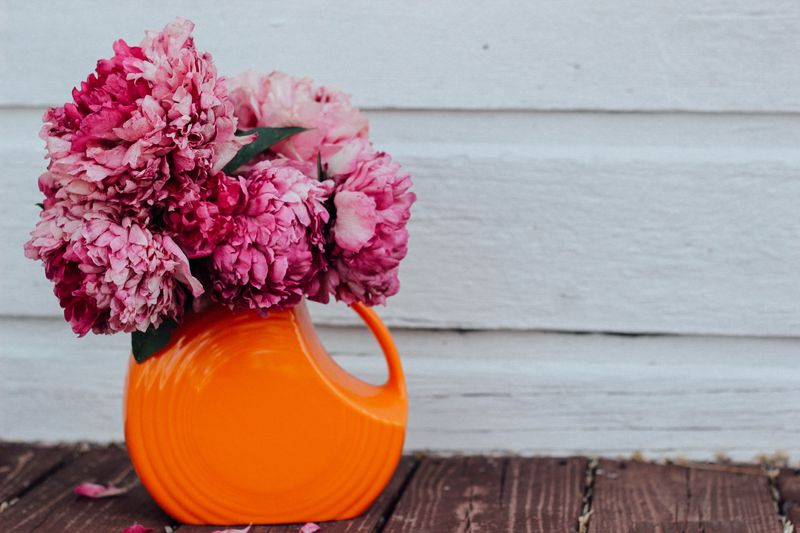
This Season's Colours
A look at this Spring's punchiest and most innovative colour combinations. Forget everything you thought you knew about colour combinations and dive right into a whole new world of colours.
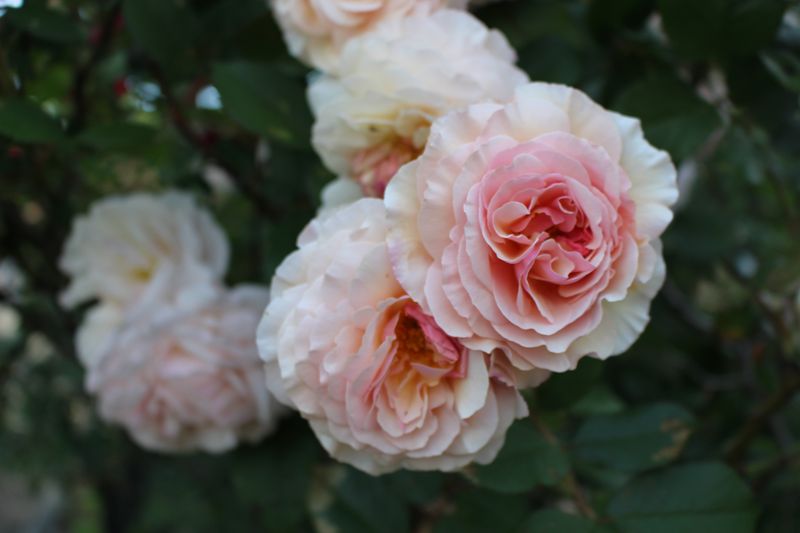
Durable Garden Flowers
Bringing you a guide to your garden's most durable flowers. What kinds of flowers to plant, how to care for them (hint: minimal care required!) and how to ensure they re-flower year after year.
all about arrangements

a history of floral arrangements
Floral design or floral arts is the art of creating flower arrangements in vases, bowls, baskets, or other containers, or making bouquets and compositions from cut flowers, foliages, herbs, ornamental grasses, and other plant materials. Often the terms "floral design" and "floristry" are considered synonymous. Florists are people who work with flowers and plants, generally at the retail level. Floristry differs from floristics, the study of distribution and relationships of plant species over geographic areas.
The first horticultural college was founded in the Netherlands in 1896 in Naaldwijk. The second horticultural college was founded in 1897 in Aalsmeer. In 1926, the first national professional qualification examinations in floristry were held in the Netherlands.
arrangements around the world
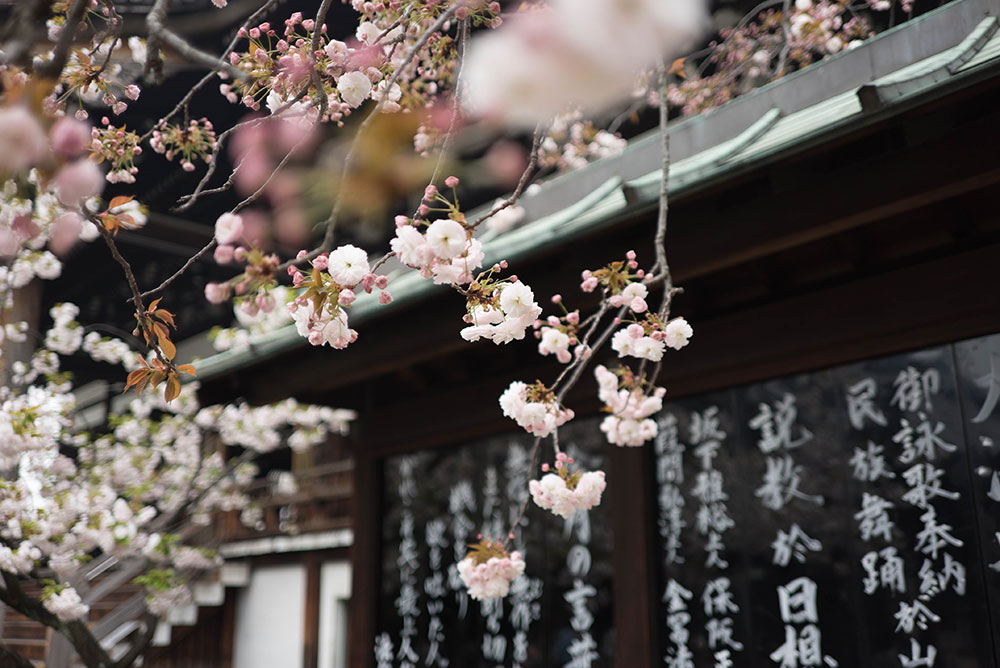
Ikebana
Ikebana is a style of floral design that originated in Japan. Best known for its simplicity of line and form, Ikebana is a design style primarily practiced[citation needed] for personal enjoyment. It has three parts of alignment: heaven, man, and earth.
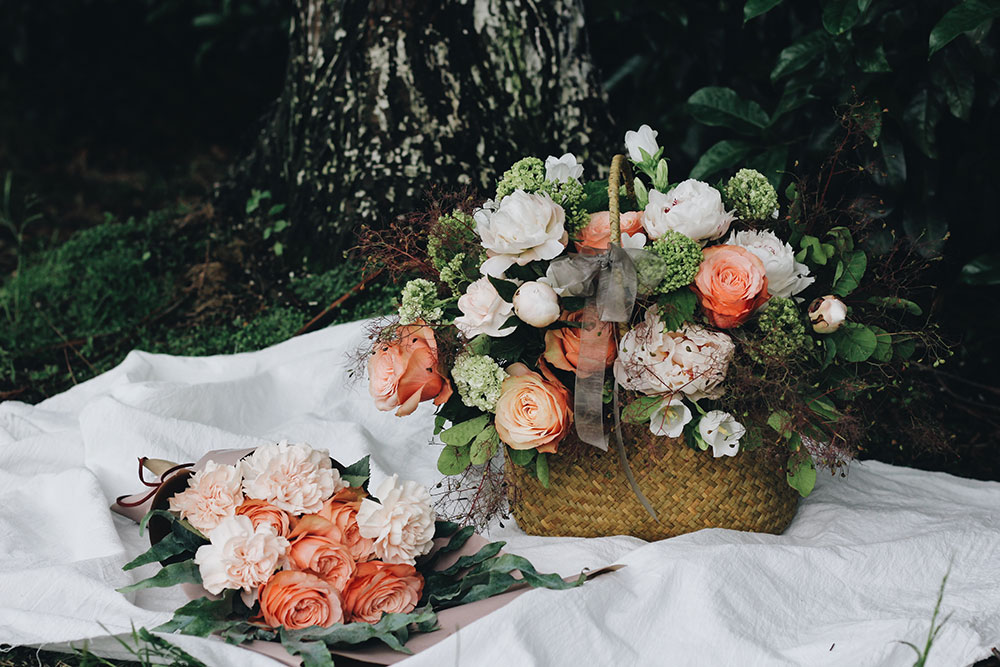
English Garden
English Garden style is traditionally an English form of floral design. Stems are placed in a radial fashion and feature abundant use of seasonal flowers and foliages. These designs are often done as low, tufted mounds, or taller vase arrangements that are all-sided (360°), and incorporate garden flowers like roses, gardenia, camellia, delphinium and peonies. The flowers are usually arranged with minimal space between the blooms and foliage is used to accent the flowers as these are the main feature.
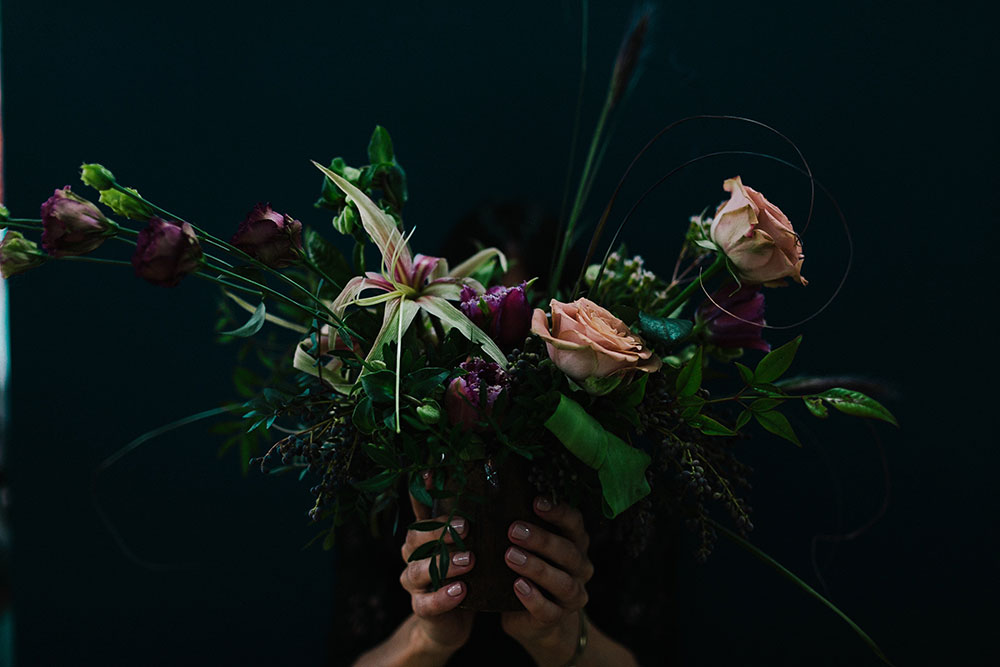
Modern/European
Modern/European Style floristry involves contemporary, linear designs that highlight unique forms of both individual floral materials and of the designs themselves. Arrangements generally feature negative space and incorporate asymmetric placement of materials. The style stands in direct contrast to traditional radial arrangements such as English Garden. Modern designs are identified by their play on the space used between each bloom, which is often dramatic, and the play on the use of color and different textures, which can be quite experimental.

Modern/Dutch
Contemporary/Dutch Style designs also involve contemporary and linear designs. The Dutch designs use a lot of different kinds of greens are used in a natural way. The so-called "Dutch Garden'style arrangement -started in the early 80th- is a very good example of a Dutch style arrangement. Stones, bark and mosses are used in these designs.
from the field
photos submitted by readers

Snap from Gulik Flower Market, submitted by Pepe Le Pew.
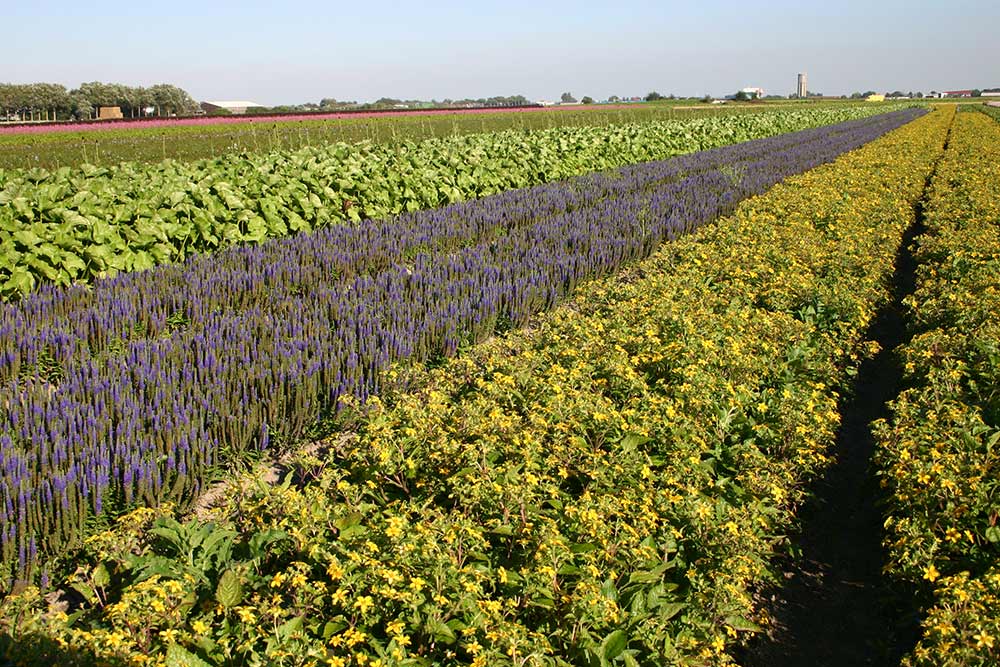
Flower field in The Netherlands, submitted by George Harrison.
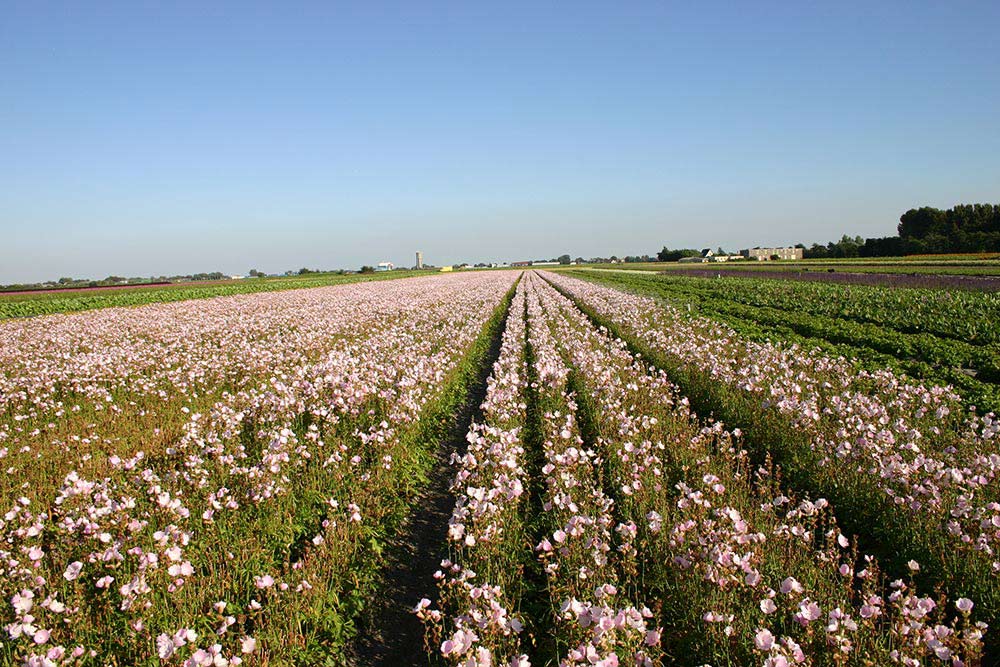
Flower field in Germany, submitted by Luisa Buttercup.

Flower field in France, submitted by Euphegenia Doubtfire.
Send us your photos through email or through social media using #floriculturist for a chance to be featured.


